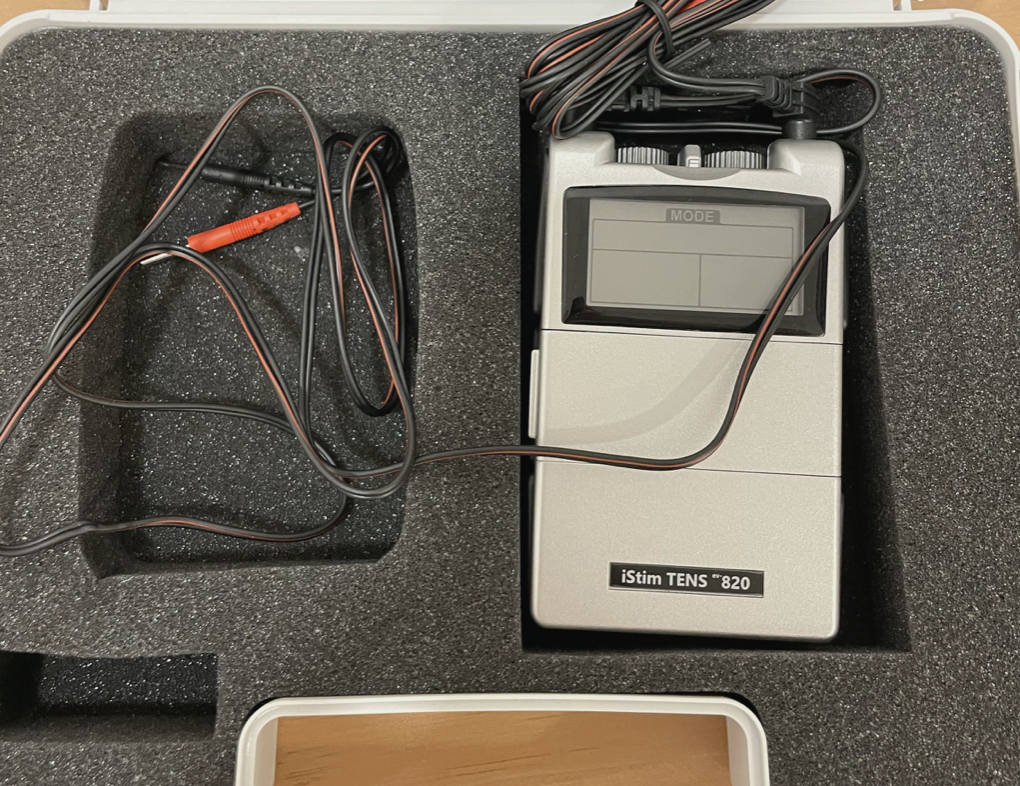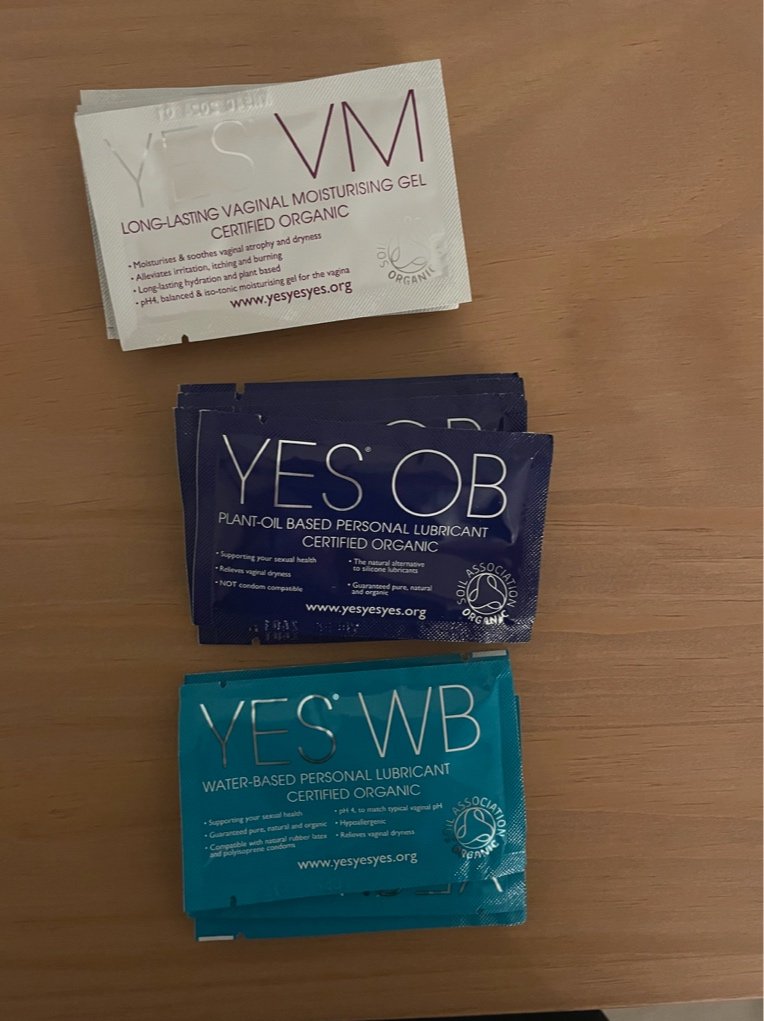Tools We Use for Pelvic Pain
We know that persistent or chronic pelvic pain conditions affect more people than we think (yes both men and women) but estimates are around 15-20% of our population.
More and more we are seeing pelvic pain become a topic of discussion as now we are more understanding of pelvic pain conditions.
Pelvic pain can have many diagnoses, but some of the ones we see most often are; vulvodynia (vestibular pain), vaginismus, endometriosis, interstitial cystitis, hip/low back pain, tailbone pain and testicular pain in men. The most frustrating part about pelvic pain is that sometimes we don’t fit into a pretty little box of symptoms or diagnoses. This can lead to patients being passed around the medical system left with no answers or feeling hopeless with their diagnosis.
We’re here to tell you there’s lots that can be done. Here are some of the tools that we use in our everyday practice with clients to help them move forward in their pelvic pain journey.
Dilators
These can be used for a variety of concerns but the most common would be in vaginismus and vulvodynia. These dilators are used to create graded exposure to penetration. What does that mean? We start with a really small size to teach our body’s that penetration isn’t scary. Over time your nervous system learns that the small item isn’t going to harm us, and allows our body to progress to the next size. Over time the body learns that penetration isn’t harmful and pain reduces.
Pelvic Wand
Sometimes deeper in the pelvis lies the problem. Certain muscles can be painful or reproduce our pain elsewhere, for example in the hip or low back. This pelvic wand allows patients to help release these muscles on their own in times when they have a flare or irritation. We use this often with patients who have IC (interstitial cystitis), endometriosis, tailbone pain etc. You can use this both vaginally and rectally!
Ohnut
This product is amazing. For those who have pain with deeper penetration but can handle insertion, this tool is amazing. It acts like a bumper so you can pick the depth of penetration that is comfortable for you!
Stackable and comfy to wear!
TENs Machine
We’ve all heard of these for pain relief of other areas like backs and shoulders, but we can also use them in pelvic pain syndromes. For example, those who have endometriosis, pelvic pain or pain with menstruation will often have cramping. This device can be used over the abdominal wall or low back to help with pain.
Pro tip: you don’t need an expensive one! Most on the market work perfectly fine!
Lubricants and Moisturizers
These can be helpful when it comes to pain with penetration, dryness from menopause etc., that could be a sourse of pelvic pain. The right choice of lubricant can be helpful. So far at Pelvico we are loving the brand Yes! It seems to be a great choice for our patients but your physiotherapist can help you determine which one might be most appropriate for you!
Lubricant options!
Water based lubricant, oil based and moisturizer are shown here. There are many more options available!
Although tools are a great addition to treatment plans when it comes to pelvic pain conditions, remember there’s lots that goes along with these items! Exercises, education and other forms of treatment especially interprofessionally are what makes these conditions progress positively.
Please remember that these tools are something that should be discussed with your provider before attempting to use them!
Hopefully this can help open a conversation with your health professional on ways to move forward in treating your pelvic pain.





